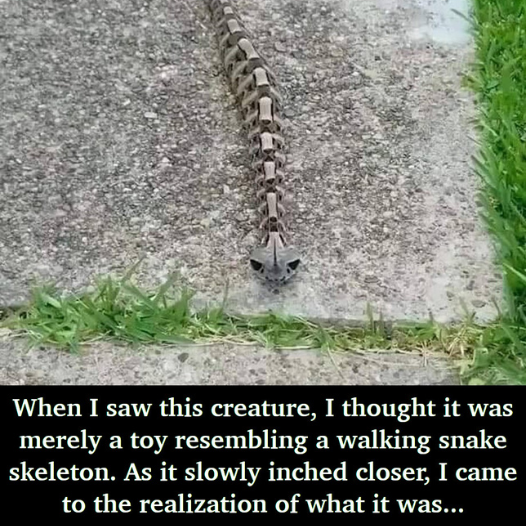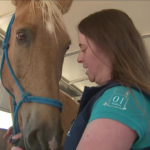The Gaboon Viper: A Deadly Beauty with a Venomous Bite
Last year, a North Carolina man miraculously survived an attack by his pet gaboon viper, one of the most venomous snakes in the world. The medical team treating him was astounded, having never seen anyone survive such a bite. The victim required a staggering 44 doses of anti-venom, the most ever used by the experts on his case. Although he lost two fingers, he suffered no further complications.
Gaboon Viper: A Lethal but Calm Predator
The gaboon viper is renowned for its potent venom and surprisingly docile nature. Despite having the longest fangs of any venomous snake, measuring 2 inches (5 centimeters), these vipers rarely bite humans. They are the largest vipers in Africa, growing over 6 feet (1.8 meters) long and weighing more than 45 pounds (20 kilograms). The largest specimens boast heads nearly 6 inches (15 centimeters) wide.
These vipers inhabit the rainforests and wet areas of Africa, where they blend seamlessly into the forest floor thanks to their brown, pink, and purple-patterned stripes and diamonds. Their camouflage allows them to lie in wait for prey, striking with deadly accuracy when a small mammal or bird comes within range. Human bites are rare and usually happen when the snakes are accidentally stepped on. When threatened, they will lift their heads and hiss as a warning before striking.
Gaboon vipers are nocturnal and solitary hunters, most active at sunset. They can control the amount of venom injected into their prey, making some bites more dangerous than others. These vipers give birth to live young, often having 50 to 60 babies at once, and can live up to 20 years.
The Risks of Keeping Exotic Pet Snakes
Similar to the North Carolina incident, a man in Virginia was bitten by his pet gaboon viper, requiring an emergency anti-venom delivery from the Virginia Aquarium and Marine Science Center and the Smithsonian National Zoo. The rarity of these snakes in the U.S. makes it challenging to find and transport the necessary anti-venom quickly.
“The concern with these non-native snakes is locating and delivering the anti-venom to the healthcare facility,” explained Natasha Tobarran, D.O., of the Virginia Poison Center. Zoos and aquariums stock these exotic anti-venoms as a precaution for their staff who care for these animals.
Despite their lethal potential, snake bites in the wild are rare. Most snakes found in backyards or garages are harmless, and snakes are generally non-aggressive. Local hospitals are equipped with anti-venom for native species, and experts advise against using old wives’ tales like sucking out venom or applying a tourniquet, which can worsen the situation.
Exotic pets like the gaboon viper require special permits and come with significant risks, including the difficulty of obtaining treatment in an emergency. “None of the old wives’ tales apply,” said Kortney Jaworski, Herpetology Curator at the Virginia Living Museum, highlighting the importance of proper knowledge and care for exotic animals.
Share via:


